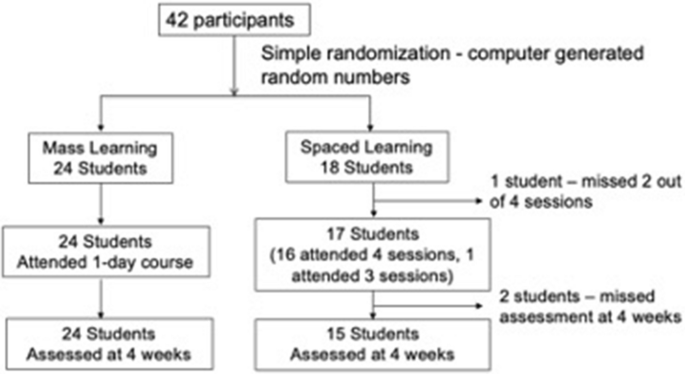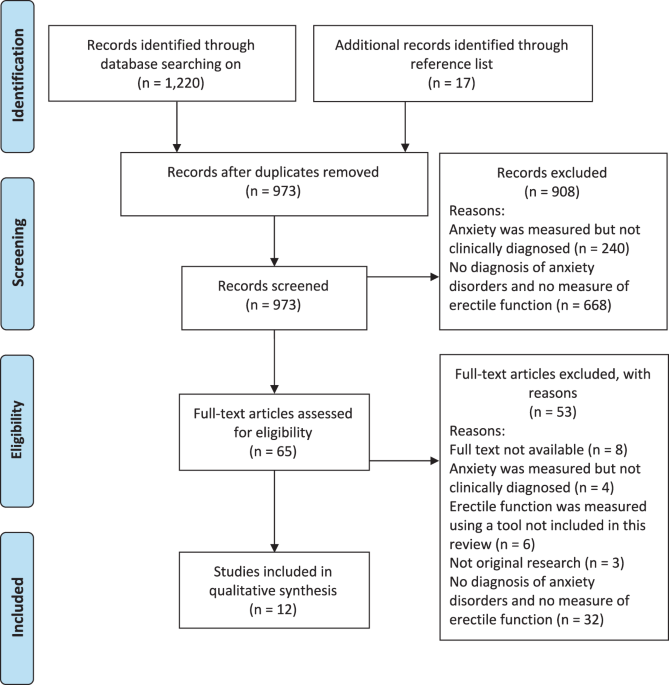
- Select a language for the TTS:
- UK English Female
- UK English Male
- US English Female
- US English Male
- Australian Female
- Australian Male
- Language selected: (auto detect) - EN
Play all audios:
Stable, satisfying marriages promote physical and mental health for adults and their children. However, marriage rates in the United States have dropped over the last few decades as more
couples are choosing to delay marriage or simply live together instead. These trends are especially pronounced among low-income couples, and correspond with an increase in the percent of
children who are born outside of marriage. Although there has been considerable debate about the implications of these trends, some scholars have argued they are problematic given that,
statistically, children living with two biological married parents do better (on average) academically, socially and behaviorally compared to other children. Concerned about the impact of
these trends on children’s well-being, the federal government has tried to promote marriage and strengthen couples’ relationships through a range of initiatives over the past two decades.
These bipartisan efforts began in 1996 under President Clinton’s welfare reform legislation. The Personal Responsibility and Work Opportunity Reconciliation Act authorized states to pay for
marriage and relationship skills programs – including premarital education and marriage mentoring – with federal Temporary Assistance for Needy Families money. Funding increased under
President George W. Bush’s Healthy Marriage Initiative and continued under President Obama. Currently the Department of Health and Human Services supports these kinds of efforts through the
National Resource Center for Healthy Marriage and Families. All told, hundreds of millions of dollars have been set aside for states to administer marriage programs. With so much time and
money spent on these programs to date, are the relationships of low-income Americans in better shape than they would have been without them? What’s the evidence from social science research
on what really strengthens couples’ relationships? TEACHING RELATIONSHIP SKILLS Relationship education programs are the cornerstone of these government efforts to strengthen low-income
Americans’ relationships. These federally funded programs focus on teaching couples new skills to improve their relationships, targeting areas like healthy communication, showing affection
and conflict management. Relationship education has been around for several decades, and evidence from trials of primarily middle-class white couples had shown modest results. The hope of
the federal initiatives was that by increasing access to these types of programs among low-income couples, their relationships would benefit and so would their children. To test the
effectiveness of relationship education programs, starting in 2002 the government funded the two largest randomized controlled trials on the issue ever conducted. The first, Building Strong
Families, included unmarried low-income couples who were expecting or just had a baby. The second, Supporting Healthy Marriage, focused on married low-income couples who had been married for
an average of six years. Other than these differences in the type of couples involved, the evaluations were set up to be similar. Researchers randomly assigned thousands of couples either
to receive relationship education or to receive no services as part of the control group. Then couples were assessed twice to examine how effective the program was: once after about a year,
and a second time about three years later. The programs evaluated a host of outcomes, including couples’ communication and relationship satisfaction, marriage rates and whether the couple
was still together. Even though couples in the control condition received no treatment at all, results from both groups were weaker than anticipated. The unmarried couples who participated
in Building Strong Families were no more likely to be married or to report higher-quality relationships. The more established couples who participated in Supporting Healthy Marriage showed
some small benefits for relationship satisfaction and their communication, but were no more likely to be together than couples in the control group. The benefits from the programs were
especially small when considering their costs, which averaged between US$9,000 and $11,000 per couple. What went wrong? Why didn’t these programs help as much as expected? MORE TO MARRIAGE
THAN COMMUNICATION In the years since these programs were first developed, researchers have devoted more attention to understanding low-income couples’ relationships. Our own research has
focused on newlywed couples living in low-income neighborhoods in Los Angeles. In a recent study, we examined how these couples’ marriages changed over time, and what predicted changes in
couples’ marital satisfaction. We visited couples in their homes four times over the first three years of marriage. During these visits, couples reported how happy they were with their
marriage, and participated in conversations about issues in their marriage. These ran the gamut: from management of money, to division of chores, to children. We were interested in how
couples communicated during these conversations, in keeping with the emphasis on communication in the relationship education programs supported by the recent federal initiatives. We
considered positive communication to reflect behaviors like positive mood, warmth, humor and responsiveness. On the flip side, contempt, denial, dominance and hostility would be reflected as
negative communication. As we expected, communication and relationship satisfaction over time were associated: At any one of our four assessment points, couples who communicated better –
with more positivity and less acrimony – tended to be happier in their marriages. Prediction, however, was much harder to come by. The quality of their communication at any one point in time
did not tell us much about which couples would become more or less happy over time. So happier couples did communicate better, but their mode of communication wasn’t the reason they were
happier. Communication, it seems, may not be the main driver of relationship satisfaction, at least among couples living with low incomes. To understand what might matter more, we asked the
couples themselves about the biggest sources of disagreement in their marriages. They reported that management of money – things like paying bills or not having enough money to both pay for
baby items and go out – was their most salient problem. Other issues like household chores, decisions about leisure time, their in-laws and children followed. Communication could be a
problem too, but they didn’t identify it as nearly as much of a big deal as these other areas. DEALING WITH THE BIG PICTURE FIRST These studies, among many others, highlight a deceptively
simple point: Partners living with low incomes are likely to struggle because they face challenges outside of their marriage. Healthy communication of the sort encouraged in relationship
education does go hand-in-hand with how couples feel about their relationship, but outside factors may be more immediately pressing and need more attention. Families who are struggling to
afford everyday expenses may find it difficult to prioritize spending meaningful time with a partner. External stressors (like finances) can place a tremendous burden on couples’
relationships for two reasons: They create more problems for them to deal with (like money management), and they limit couples’ capacity to solve these problems. To help low-income couples’
relationships, we may need policies and programs that reduce stress directly, such as assistance with child care, finances or job training. Admittedly, these types of strategies are not
typically thought of as being part of programs to help couples. But, by targeting the relationship problems identified by low-income couples themselves, we might be able to provide them with
some much-needed relief. Helping couples square away some of these immediate problems might allow them to devote more time and energy to each other, their relationship and their children.






